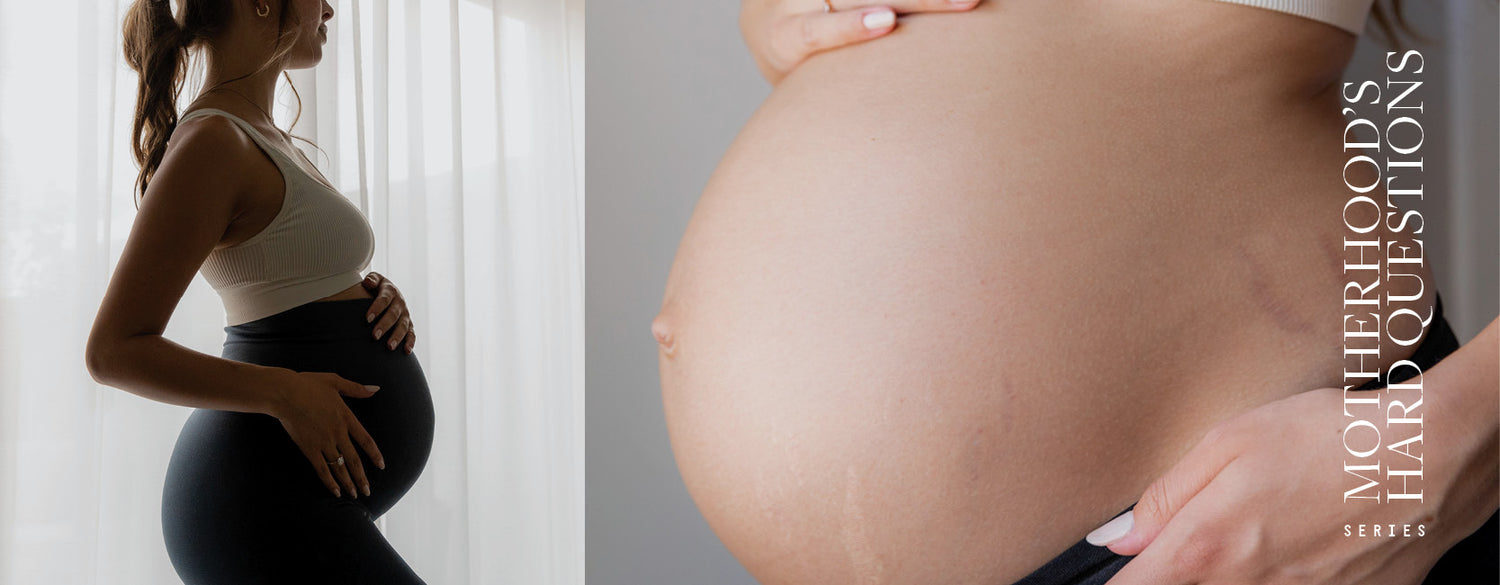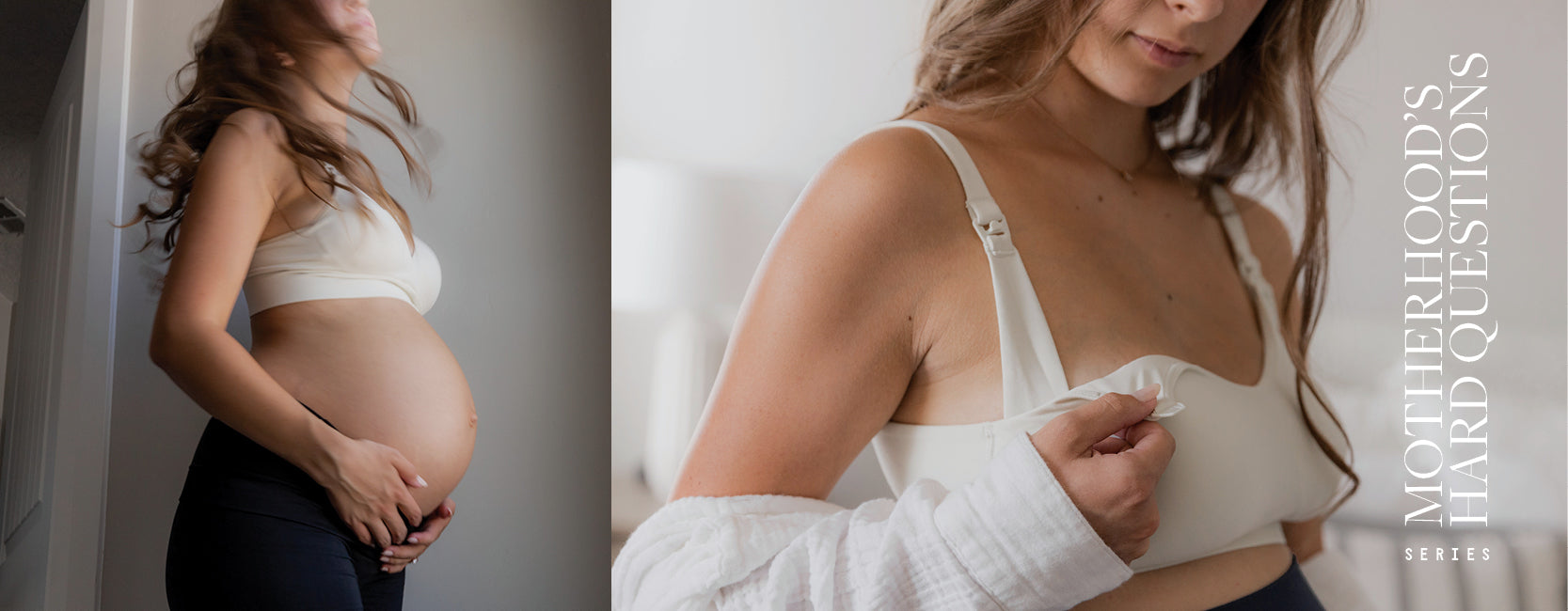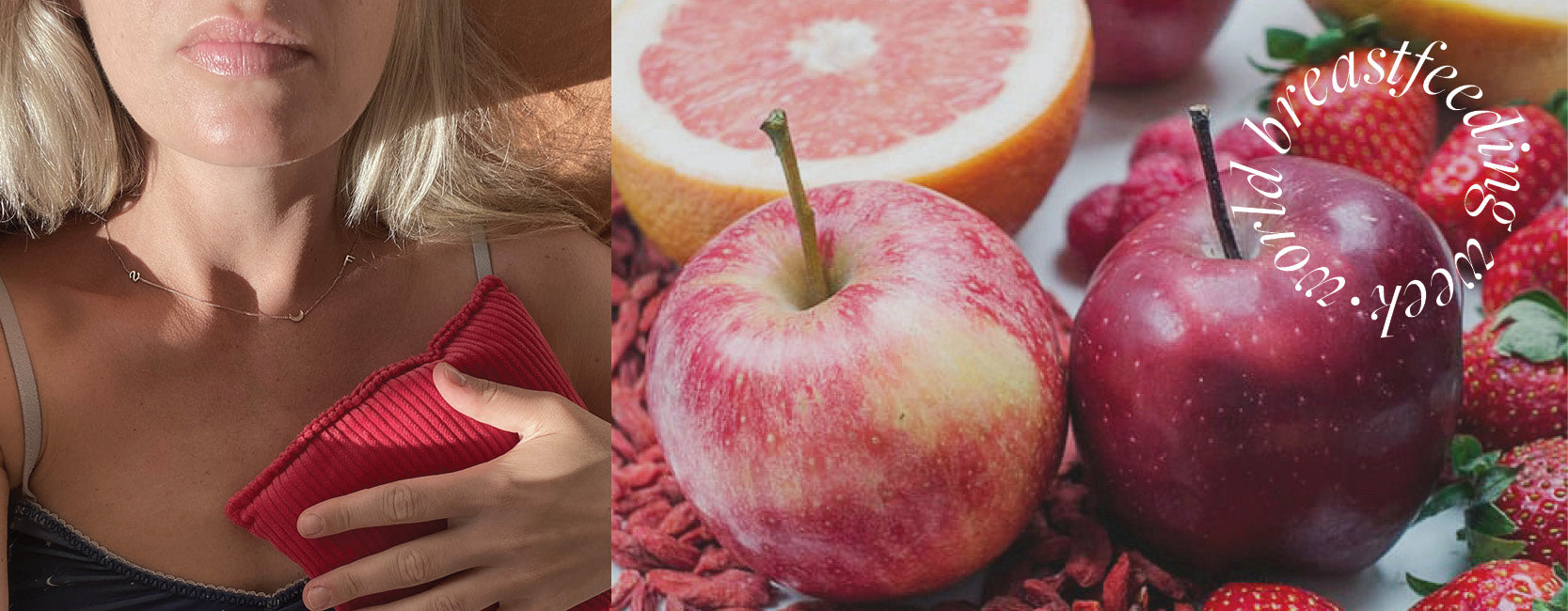Is placenta on your menu?
First studied in 1917, the practice of humans eating their own placentas has gained a bit of momentum following some recent-ish celeb partakers (hello, Kim Kardashian). So what’s the go with adding placenta to your postpartum menu?
What are the perks?
Back when first studied, it was found that those who consumed their dried placenta saw an increase in protein and lactose in their breastmilk. These days, advocates who consume their placenta in a dehydrated-capsule form or simply cooked or in smoothies, find that it can boost milk production, fight postpartum depression, reduce pain and increase energy in new mothers.

What are the icks?
While we know that the placenta contains hormones such as progesterone and estrogen as well as nutrients like iron, which can be beneficial during recovery, the doses aren’t known. Plus, we don’t know the extent that they’re degraded by cooking or dehydrating the placenta.
Also worth remembering...
A big job of the placenta is to filter anything potentially harmful from the fetus, so it may contain certain metals like mercury, but the amounts of these are also not known. Plus, bacterial or viral infections within the placenta could be a health risk for those considering taking the plunge. But that’s not to say that the tried-and-trusted approach many new moms swear by isn’t worth pursuing.

So it's your call
There hasn’t been a huge amount of research into the impacts of eating your placenta (#womenshealth) so, as with so many decisions involving your pregnancy and postpartum journey, you’re in control. You should feel empowered to pursue the approach that sits right with you and, if you need further guidance, check in with your doctor. You got this!





